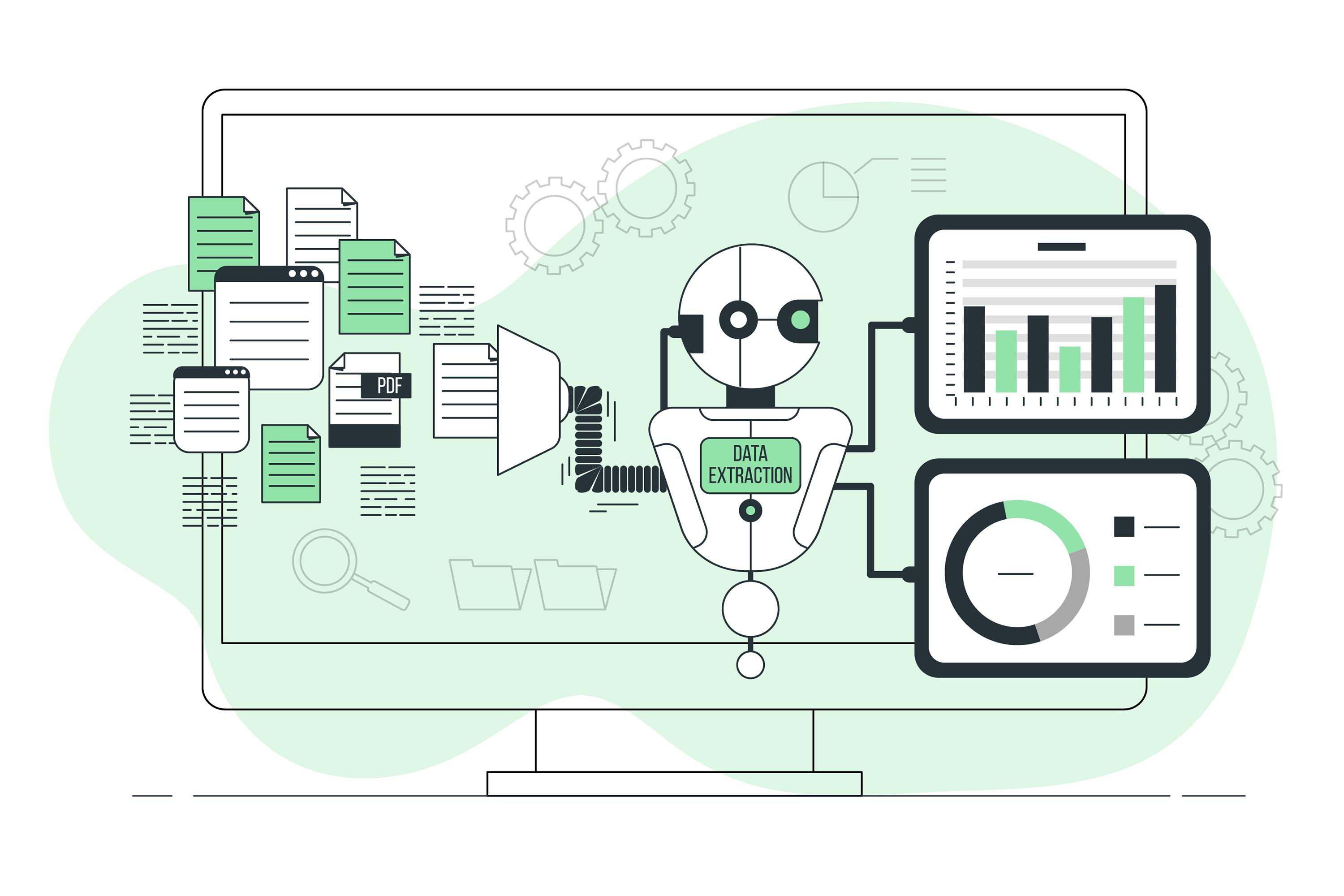Testing for Interoperability: Quality Engineering Strategies for EHR and Telehealth Systems

Strong 8k brings an ultra-HD IPTV experience to your living room and your pocket.
Electronic Health Records (EHR) and telehealth platforms are foundational to digital healthcare. Their ability to function seamlessly together is critical for ensuring continuity of care, reducing clinical errors, and enhancing the overall patient experience. However, with growing complexity in healthcare ecosystems, achieving true interoperability is a persistent challenge.
To meet regulatory requirements and deliver consistent experiences, healthcare providers are increasingly investing in Software Testing Services within the first stages of digital product development. When implemented as part of a robust Quality Engineering Services strategy, interoperability testing enables healthcare organizations to verify accurate data exchange, API integrity, and system-wide compatibility.
The Growing Demand for Interoperability in Healthcare
Interoperability the capacity of different systems to access, exchange, and cooperatively use data—has become non-negotiable in modern care delivery. According to the Office of the National Coordinator for Health IT (ONC), nearly 90% of U.S. hospitals had adopted certified EHR systems as of 2023. However, only 55% of hospitals report having access to outside patient records electronically, indicating a major gap in interoperability.
The demand for telehealth services has further amplified this need. As per McKinsey’s 2024 report, telehealth utilization has stabilized at 38 times pre-pandemic levels, and integrating these solutions with core health record systems is essential for continuity of care.
Why Interoperability Testing Is Critical
For healthcare providers, interoperability testing helps validate that different systems EHRs, telehealth apps, lab information systems, and pharmacy software can accurately share data using HL7, FHIR, or DICOM protocols. Without proper testing, the result can be mismatched patient records, duplicate data entries, and compliance violations.
QA Services focused on interoperability go beyond basic functional testing. They ensure:
- API and service-level data integrity
- Secure and HIPAA-compliant data exchange
- Compatibility with industry standards (e.g., HL7, FHIR)
- Accurate syncing between real-time telehealth inputs and stored patient data
Building a Robust Interoperability Testing Strategy
To achieve smooth, secure data exchange, healthcare providers must integrate testing early in the development lifecycle. A comprehensive Quality Engineering Services approach includes the following elements:
1. Standards-Based Test Coverage
EHR and telehealth platforms must adhere to protocols like HL7, FHIR, and CCD. Automated tests should verify conformance to these standards. Tools like Inferno (used for FHIR compliance testing) can assist teams in evaluating API consistency and security configurations.
2. Test Environment Simulation
Simulated clinical environments are essential to replicate real-world interactions between systems. These help test how EHRs respond to real-time telehealth inputs like video consultations, wearable data, and diagnostic reports.
Integrating Software Testing Services that include synthetic data generation and sandboxed environments ensures edge cases and patient journeys are fully validated.
3. End-to-End Workflow Validation
Testing must go beyond API-level integration. Full patient journeys—from scheduling to diagnosis, prescription, and follow-up—should be tested to identify gaps in care coordination.
By combining QA Services with usability and performance tests, organizations can ensure that both clinicians and patients have frictionless experiences across platforms.
Role of Automation and Continuous Testing
Healthcare systems are constantly evolving due to policy shifts, software updates, and integrations with new apps and devices. Automation is crucial to sustaining interoperability over time.
AI-powered test automation can validate large data sets, execute regression tests across platforms, and identify anomalies without human intervention. It also accelerates test cycles, improving time-to-market for compliance-ready healthcare platforms.
Real-World Example: Telehealth-EHR Integration in Action
A U.S.-based healthcare provider recently integrated a third-party telehealth platform with its EHR system across 300 clinics. The implementation relied heavily on Quality Engineering Services to simulate thousands of patient sessions and validate data handoffs in real-time. As a result, the provider saw a 22% drop in administrative errors and improved patient satisfaction scores by 15% post-launch.
This case reinforces how proactive QA efforts can directly impact care quality and operational efficiency.
Security and Compliance Considerations
Interoperability testing must also ensure full compliance with HIPAA, GDPR, and local data governance rules. That includes testing for:
- Data encryption in transit and at rest
- Access control and identity management
- Audit logs and breach detection mechanisms
Healthcare firms must partner with QA Services vendors who understand both the technical and regulatory landscape to ensure bulletproof compliance.
The Role of IoT in Healthcare Interoperability
With more wearables and remote monitoring devices feeding patient vitals into EHR systems, IoT Testing Services have become vital. These services validate that data from connected devices is reliably transmitted and correctly interpreted by downstream systems.
For example, a smart glucometer syncing patient data to an EHR must be tested for:
- Real-time data accuracy
- Device-EHR API consistency
- Handling of connectivity drops or sensor errors
By applying IoT Testing Services, healthcare organizations can guarantee that real-world signals are faithfully represented in clinical decision-making systems.
Conclusion: Making Healthcare Systems Work Together
Healthcare innovation relies not just on new platforms, but on their ability to work together. Seamless interoperability between EHR and telehealth systems is no longer optional it’s a core requirement for modern care delivery. A well-structured Software Testing Services strategy combined with domain-specific Quality Engineering Services and security-first QA can help healthcare providers meet compliance goals, improve data quality, and deliver exceptional patient outcomes. The right testing partner can accelerate your path toward a connected, error-free digital health ecosystem that scales with confidence.
Note: IndiBlogHub features both user-submitted and editorial content. We do not verify third-party contributions. Read our Disclaimer and Privacy Policyfor details.





